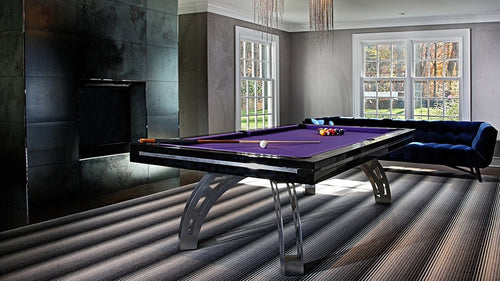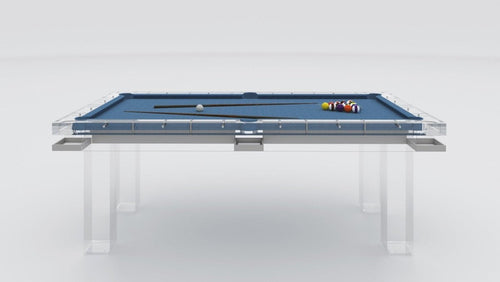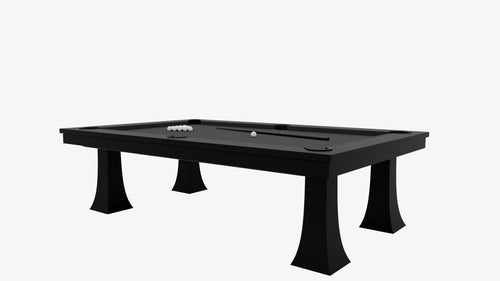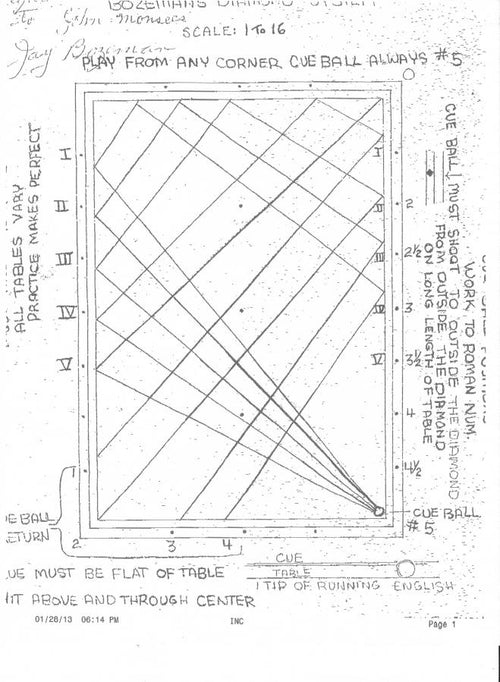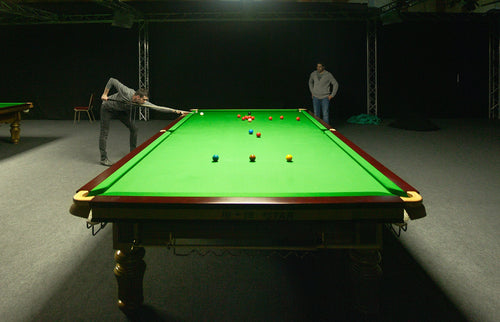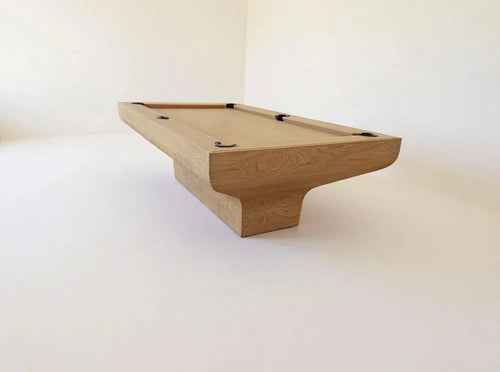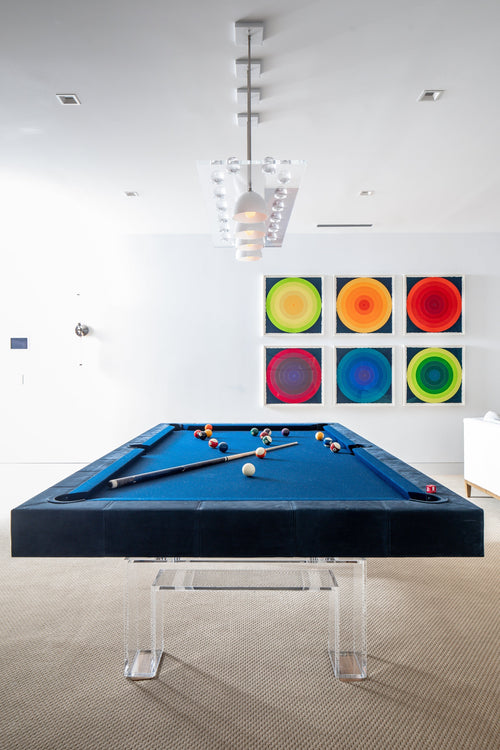Enjoy our modern designs
Estimated Read Time: 6 mins |
Origins & Early Development
Three-Cushion Billiards traces its roots to 19th-century Europe, where carom games evolved from simple rail-count matches into more complex contests. By the 1870s, players sought to escape the monotony of Straight Rail and Bank Billiards. They added a “three cushion” requirement—forcing the cue ball to touch three rails before completing the carom. This twist transformed exhibition play into a crucible of geometry, spin, and unwavering focus.
The Rise to Prominence
What began as a novelty quickly became the premier spectator carom discipline. By the early 20th century, international tournaments crowned champions whose feats of precision captivated audiences. National associations codified rules around 30-point and 50-point matches, and the game’s reputation for high-risk artistry solidified its status as billiards’ ultimate technical test.
Equipment & Table Standards
Played on a 5-by-10 foot pocketless table, Three-Cushion uses three balls—two whites (cue balls) and one red. Uniform spheres weigh 5½ ounces and measure roughly 2⅜ inches in diameter. Pocketless cloth ensures uninterrupted rail play, while tight cushions provide consistent rebounds crucial for multi-rail caroms.
The Core Rule: Three Cushions & Two Balls
- Cushion Count: The cue ball must strike at least three separate rails—impacts may repeat on the same cushion if caused by spin.
- Carom Contact: It must then hit both object balls (the red and second white) without committing a foul.
This exacting formula rewards not just power but finesse in spin, speed control, and angle calculation.
The Diamond System & Skill Evolution
To master three-cushion geometry, players devised the Diamond System—numbered diamonds on the rails act as reference points for aiming and speed. By plotting “diamond paths,” professionals eliminate guesswork and execute multi-rail banks with surgical accuracy. Alongside stroke mastery—English, draw, follow, and stun—the Diamond System anchors modern teaching methods.
Legendary Champions
- Willie Hoppe (USA): Eleven-time world champion whose elegant stroke and pattern vision defined an era.
- Johnny Layton (USA): Dominant in the 1970s, Layton’s tactical safeties and high-run prowess left rivals trailing.
- Tury Favero (Argentina): Bridged Latin flair with European discipline, capturing multiple world crowns.
- The Di Palma Brothers (Panama): Juan and Mario extended the game’s popularity in South America through their dynamic styles.
Tournament Play & Format
Races to 40, 50, or 60 points are standard, with each player’s inning continuing until a miss or foul. Breaks start with the cue ball on the head string behind the head spot and require first contact on the red. Matches often adopt a lag to decide the initial breaker, and champion-vs-champion clashes fill theaters worldwide.
Modern Revival & Legacy
After mid-century declines, three-cushion has seen resurgence via televised events, specialized clubs, and online streaming. Governing bodies regularly update equipment specs and promote youth development. Today’s stars blend century-old traditions with high-tech coaching—yet the essence endures: mapping a rolling sphere through rail labyrinths to carom perfection.
Why Three-Cushion Endures
It stands alone in carom for its blend of risk, strategy, and pure physics. Every shot is a fresh challenge of angles, speed, and spin. Few cue sports demand such unwavering concentration or reward creative problem-solving so richly. For players and fans alike, Three-Cushion Billiards remains billiards at its most cerebral and beautiful.



